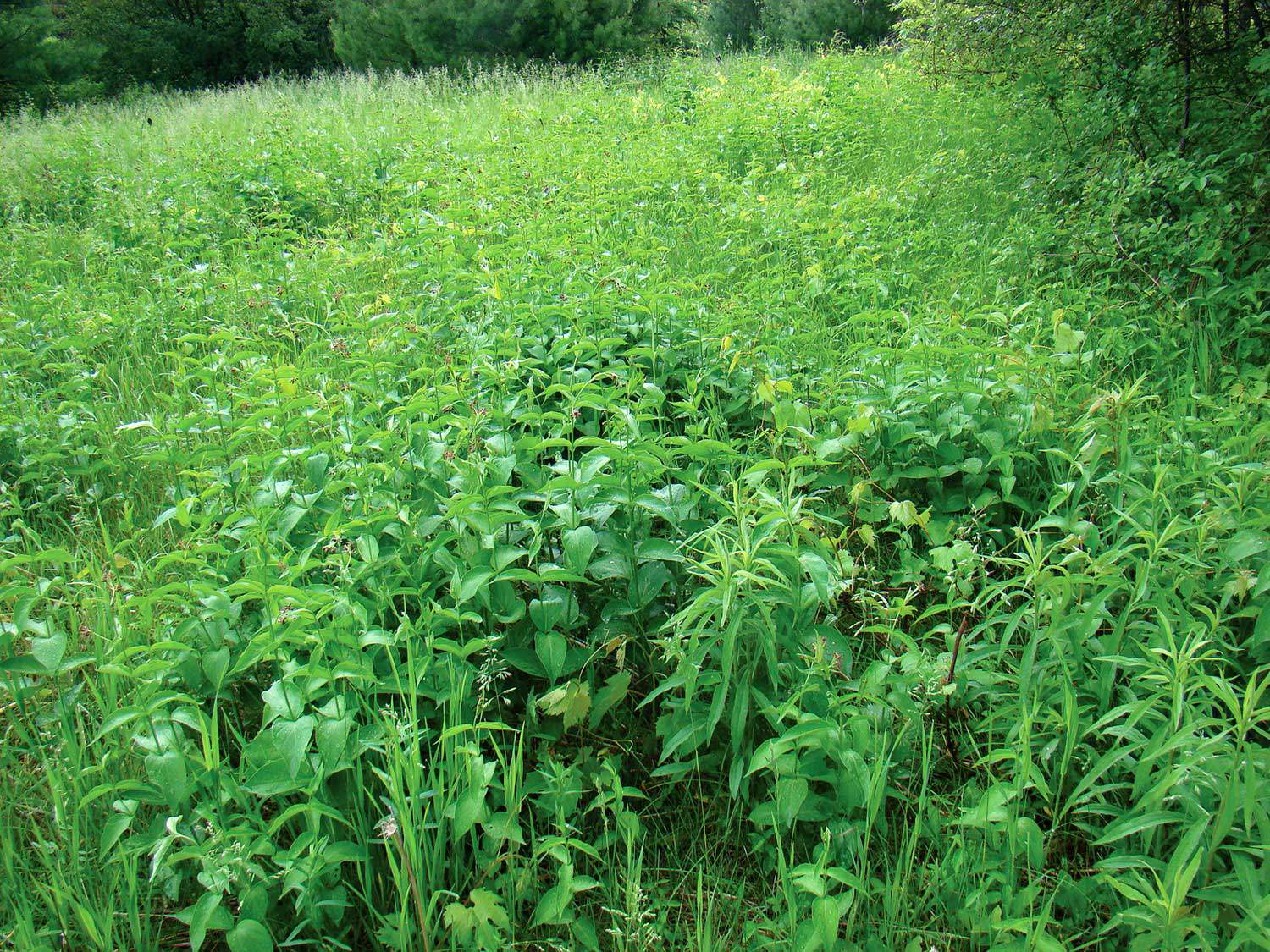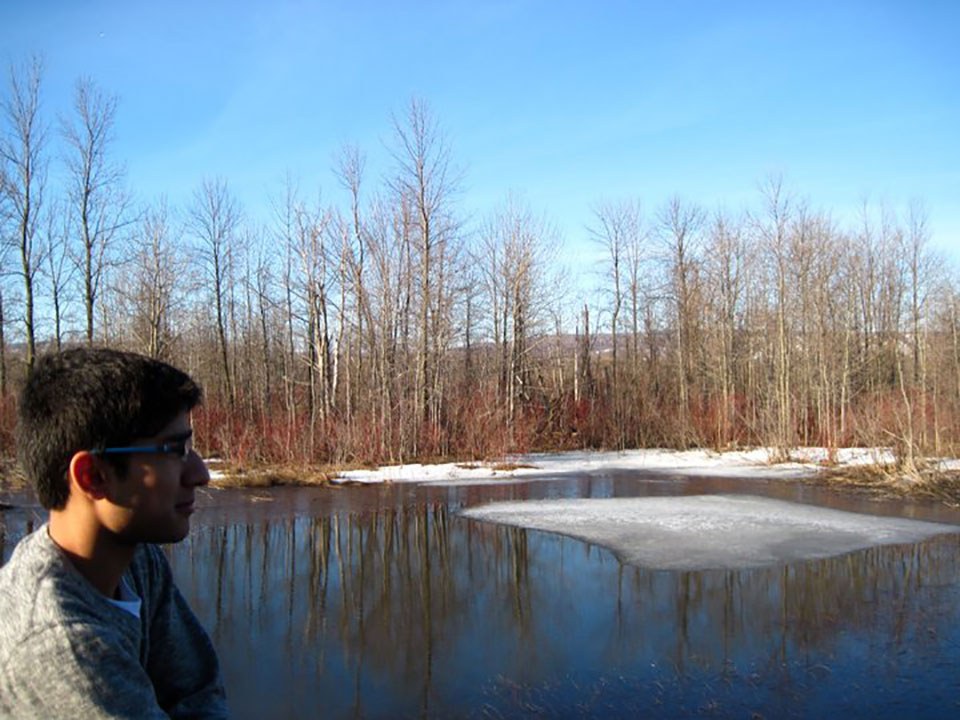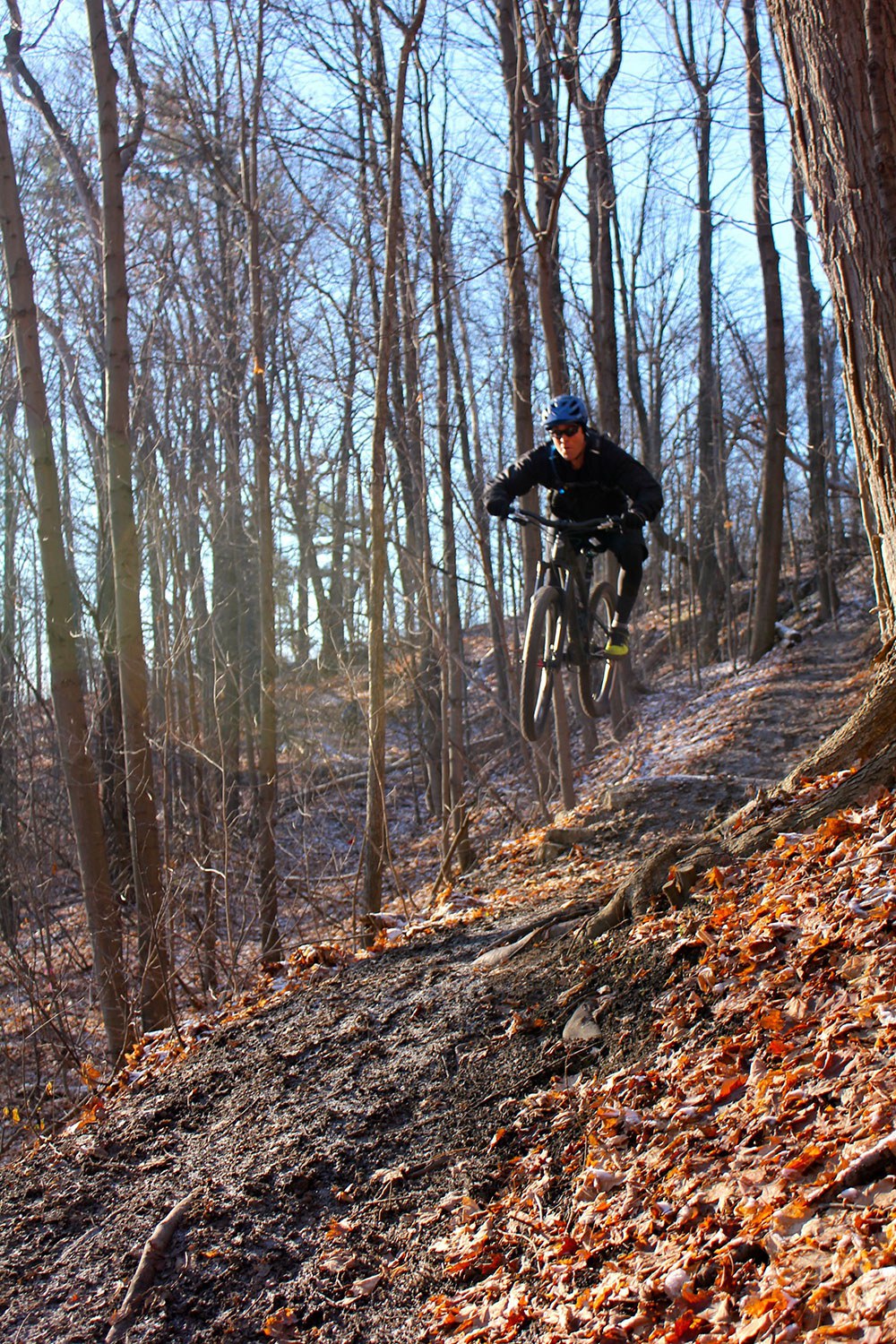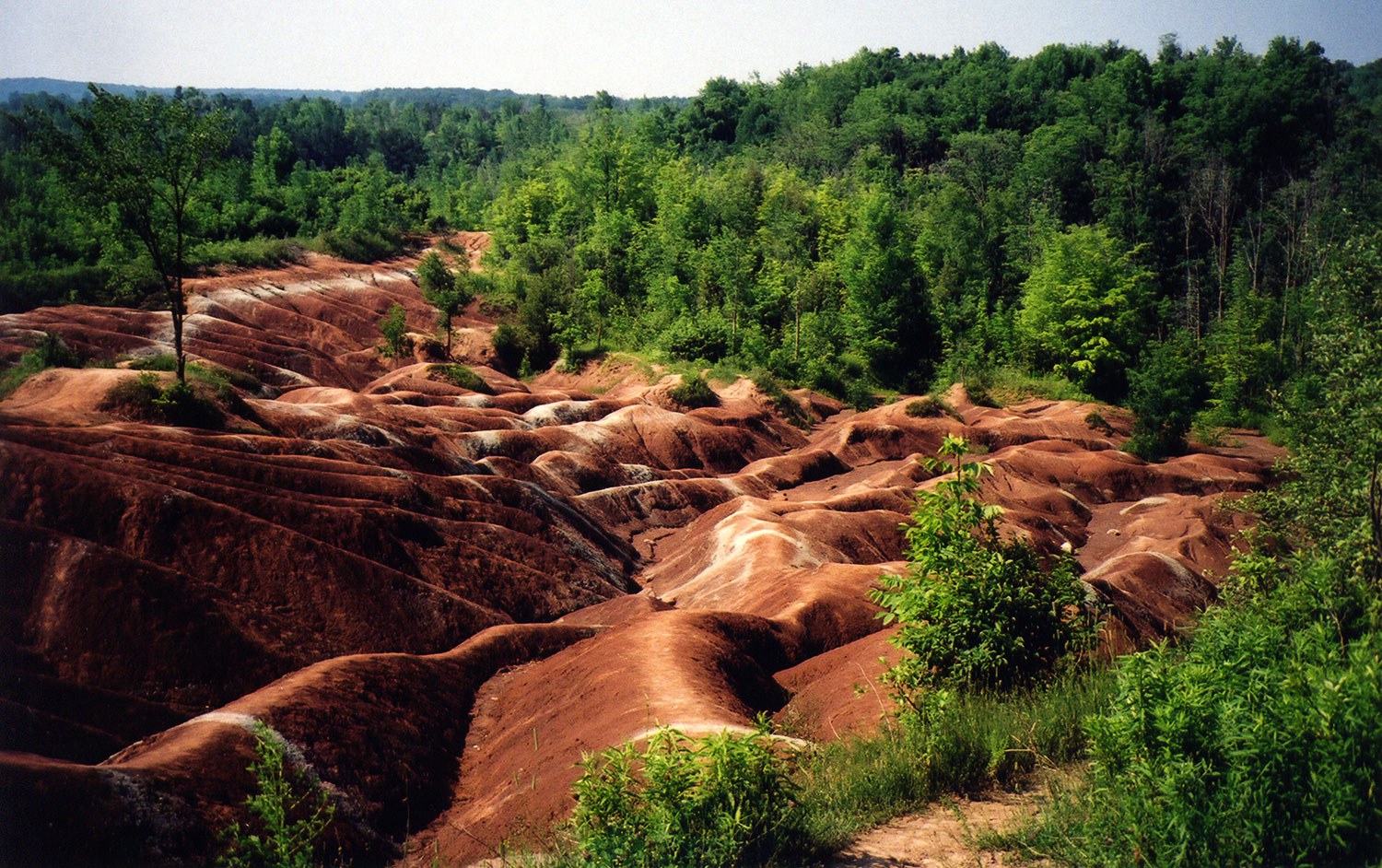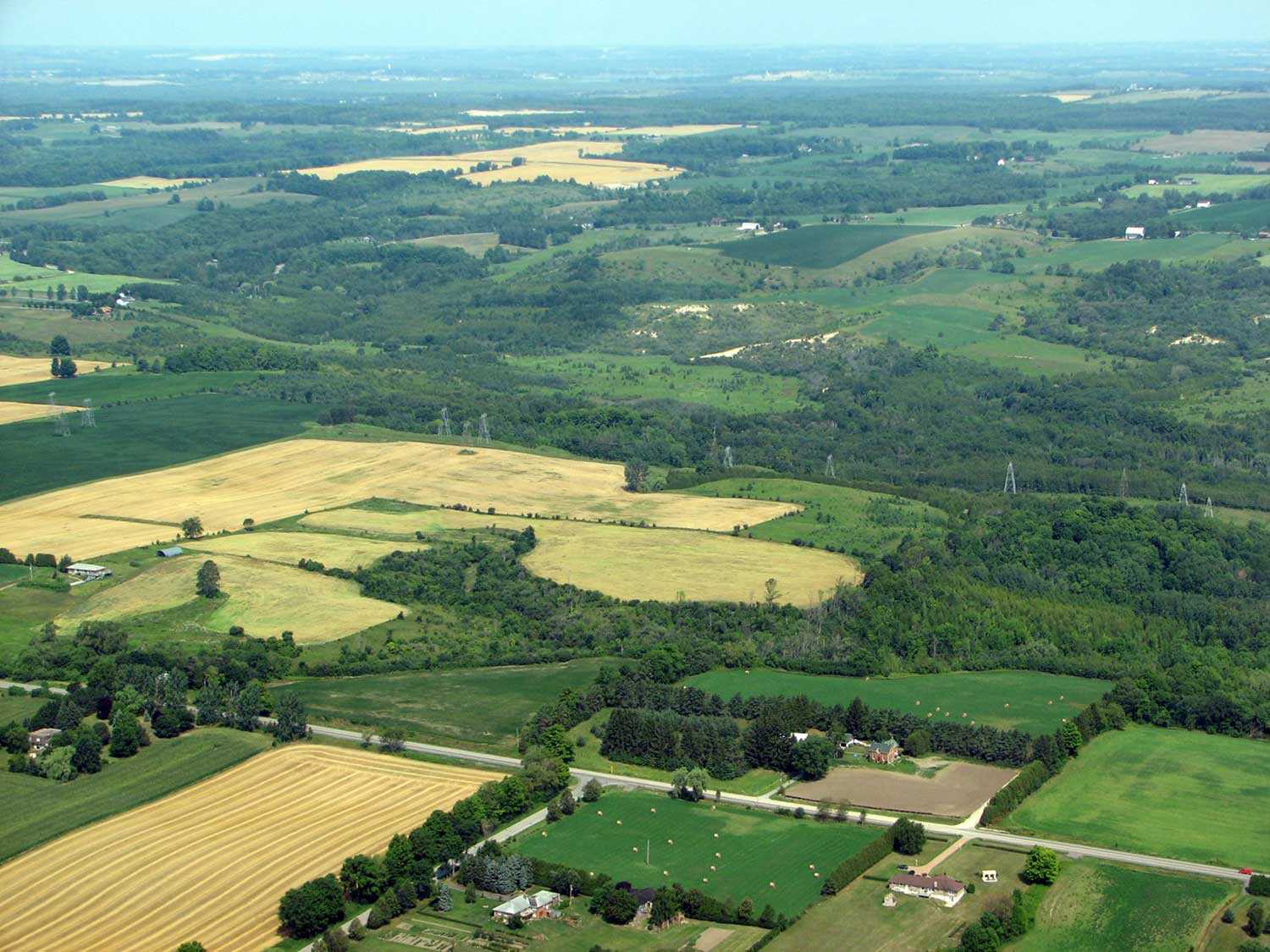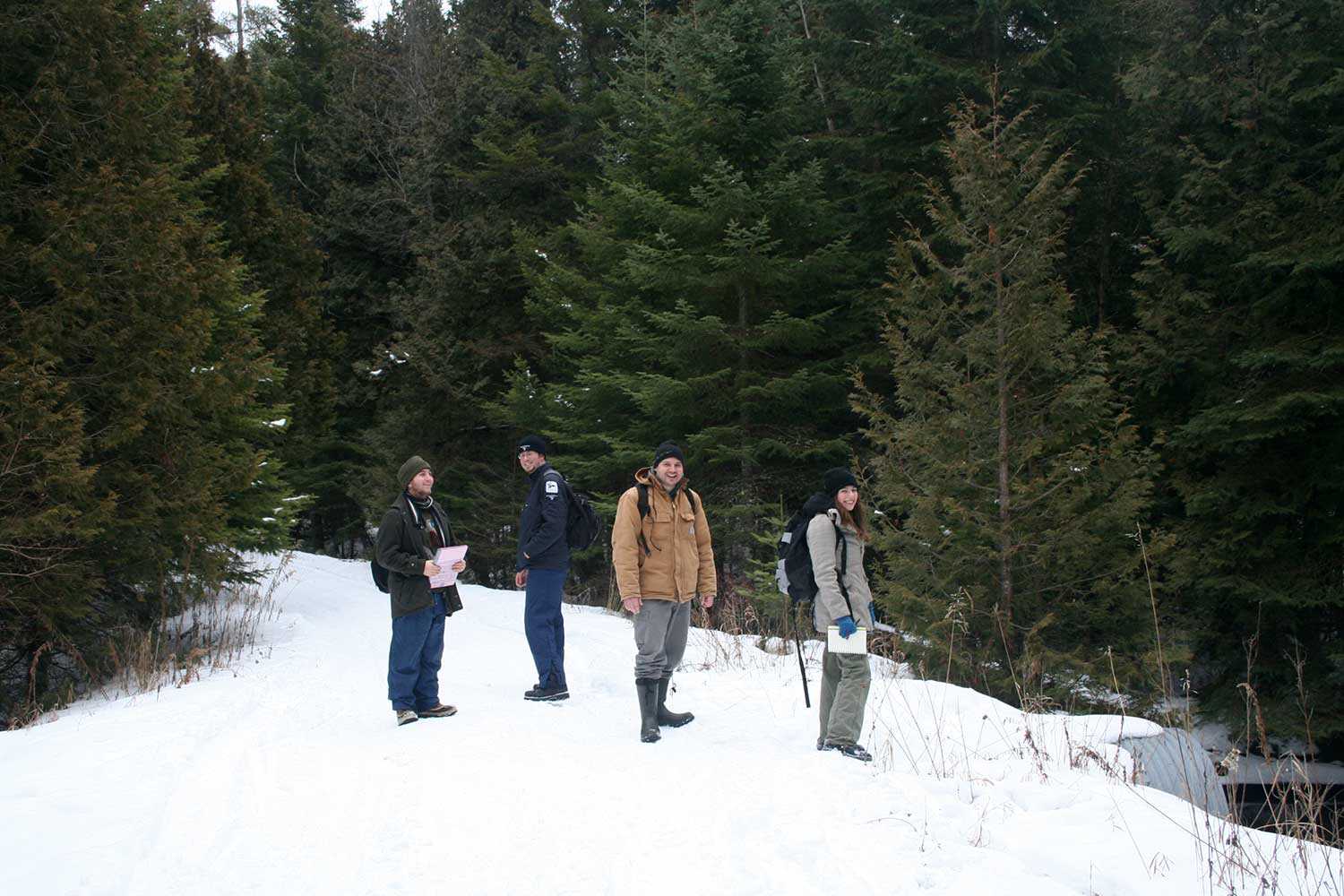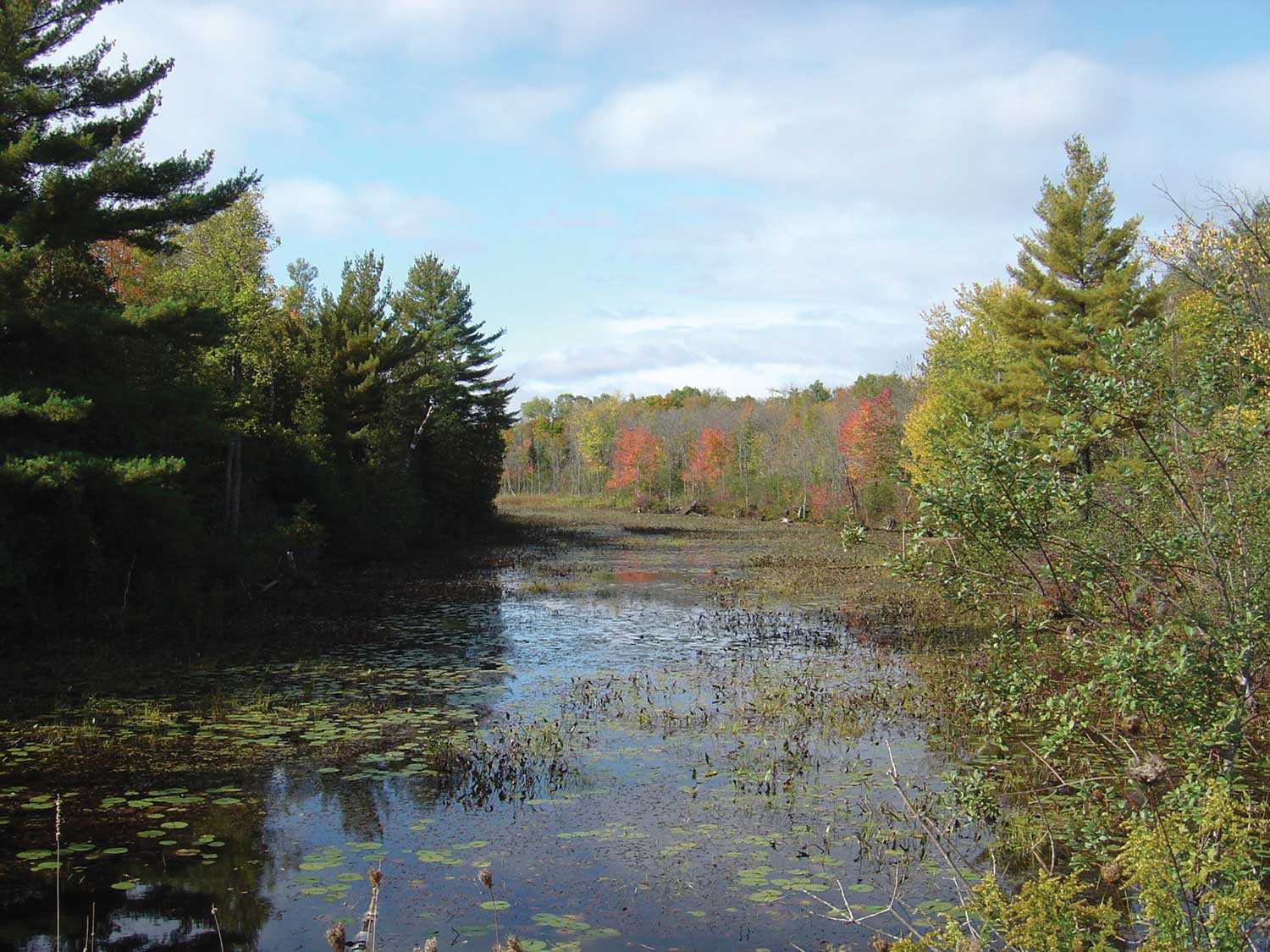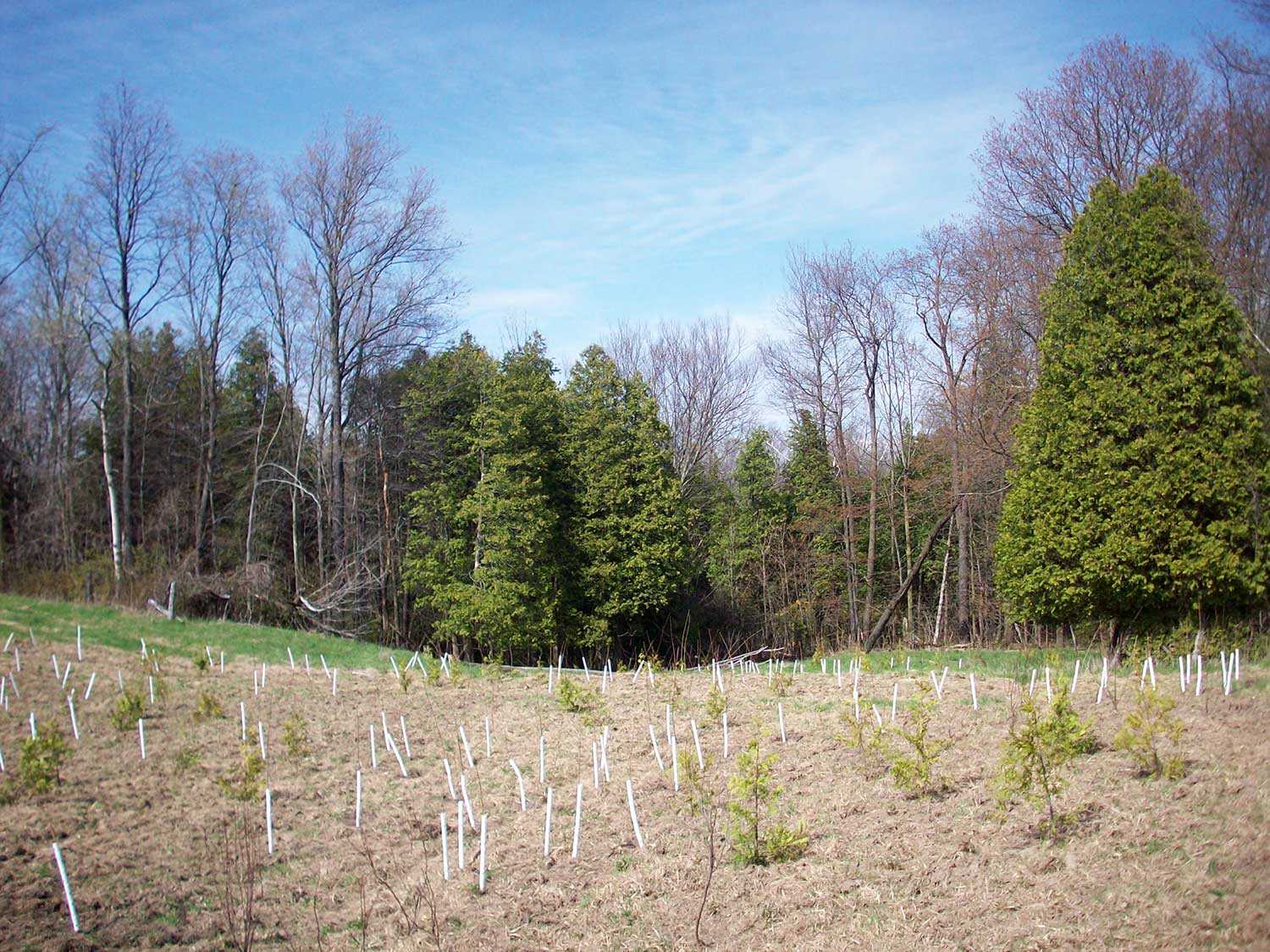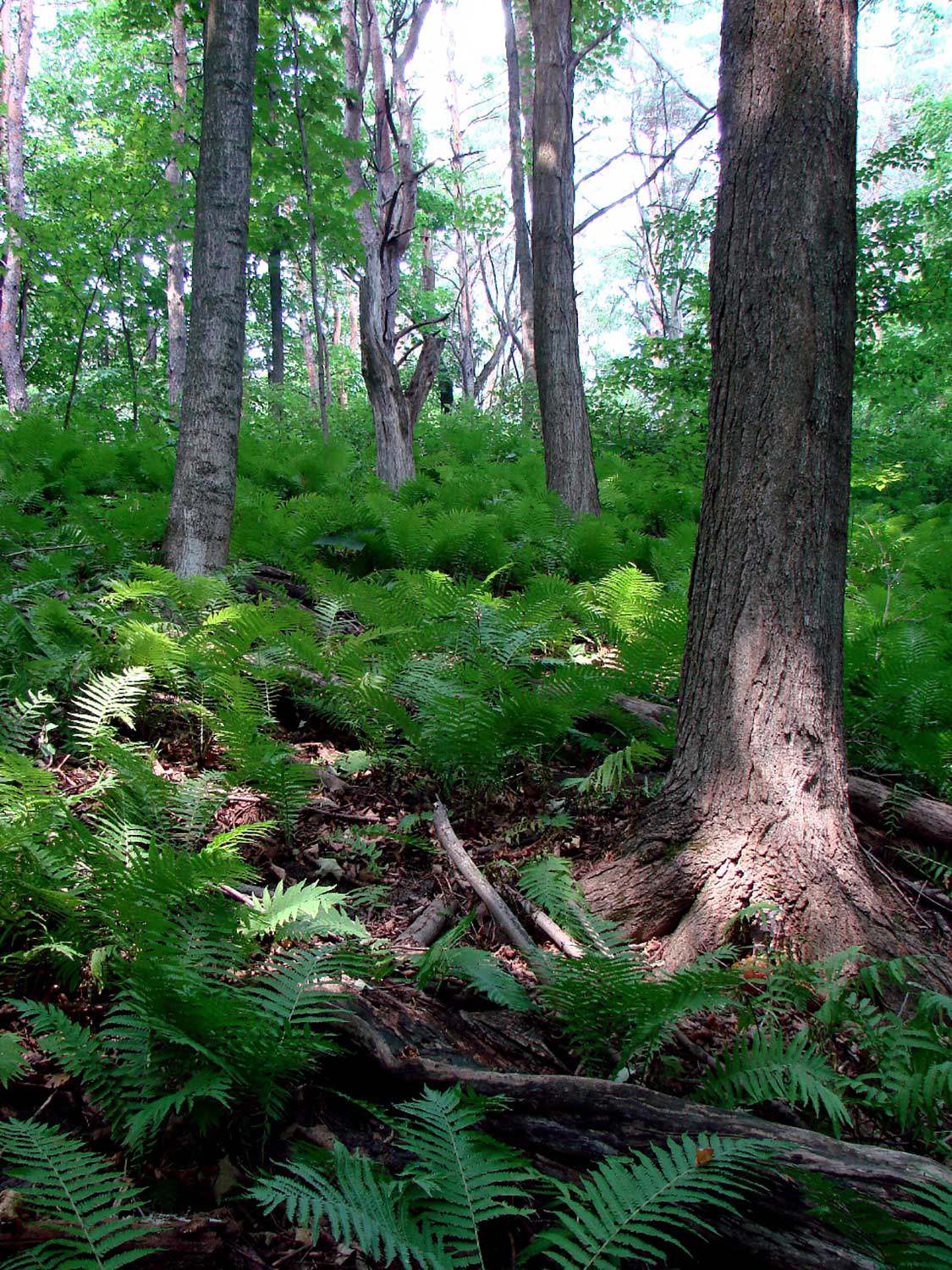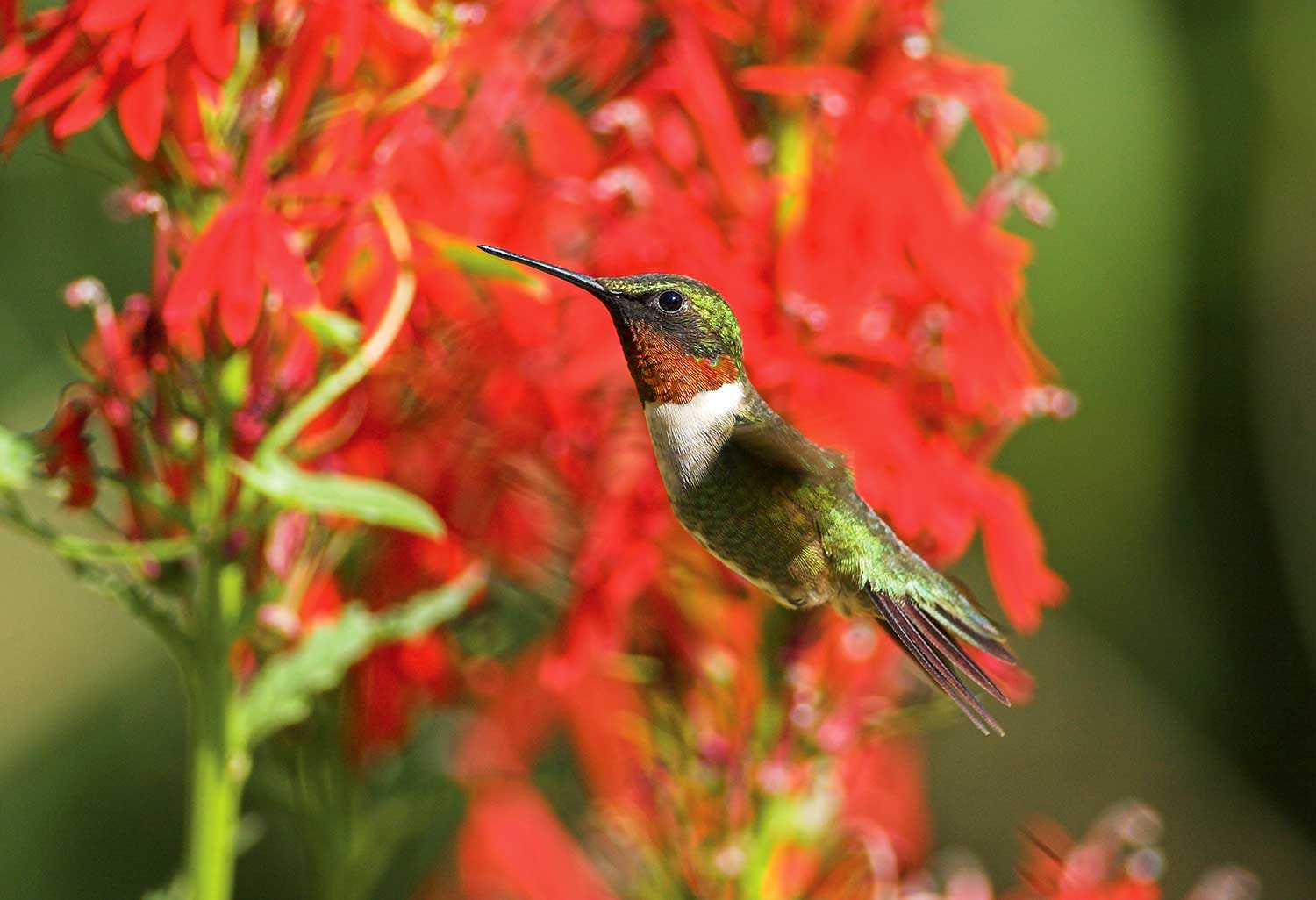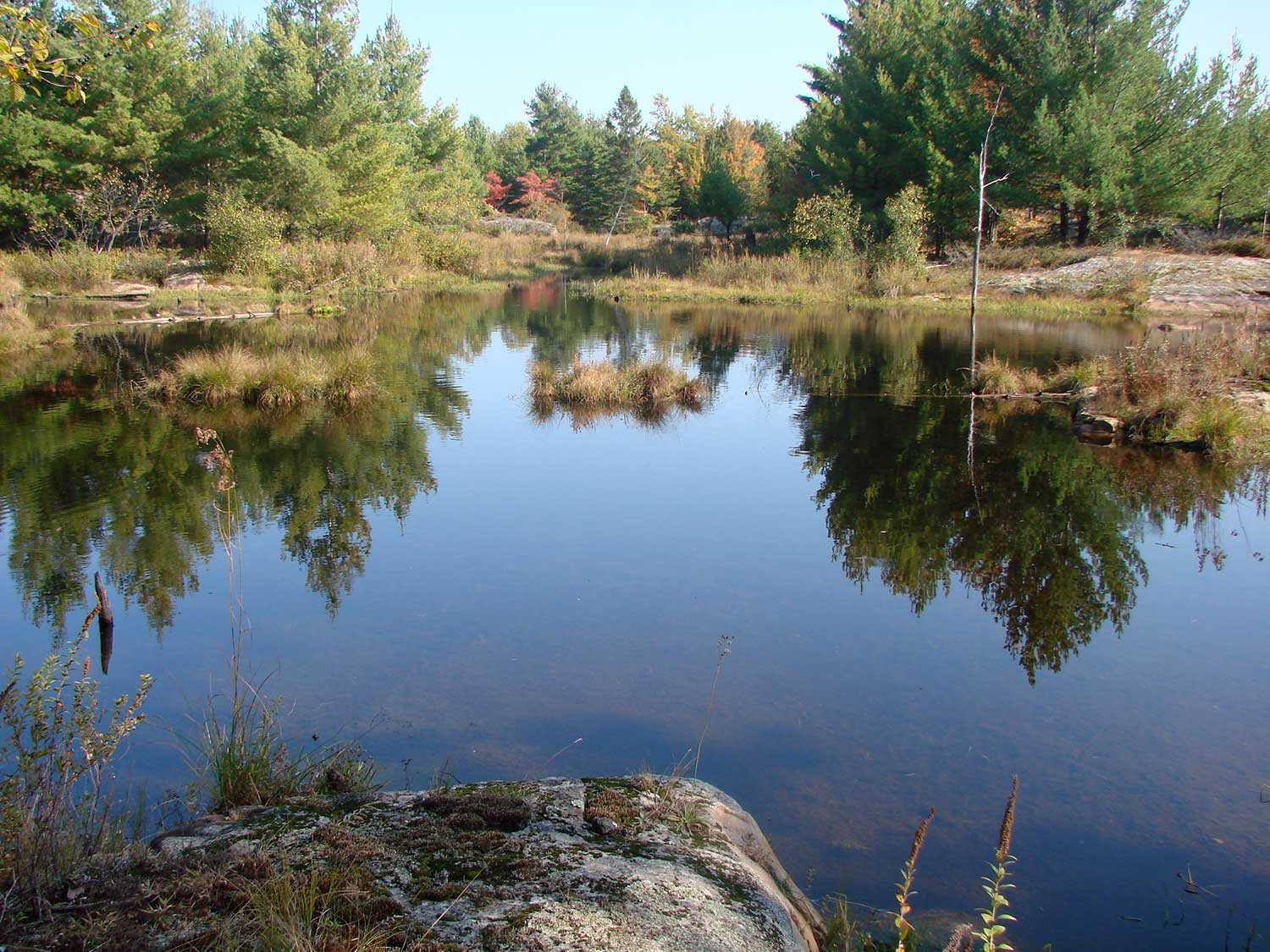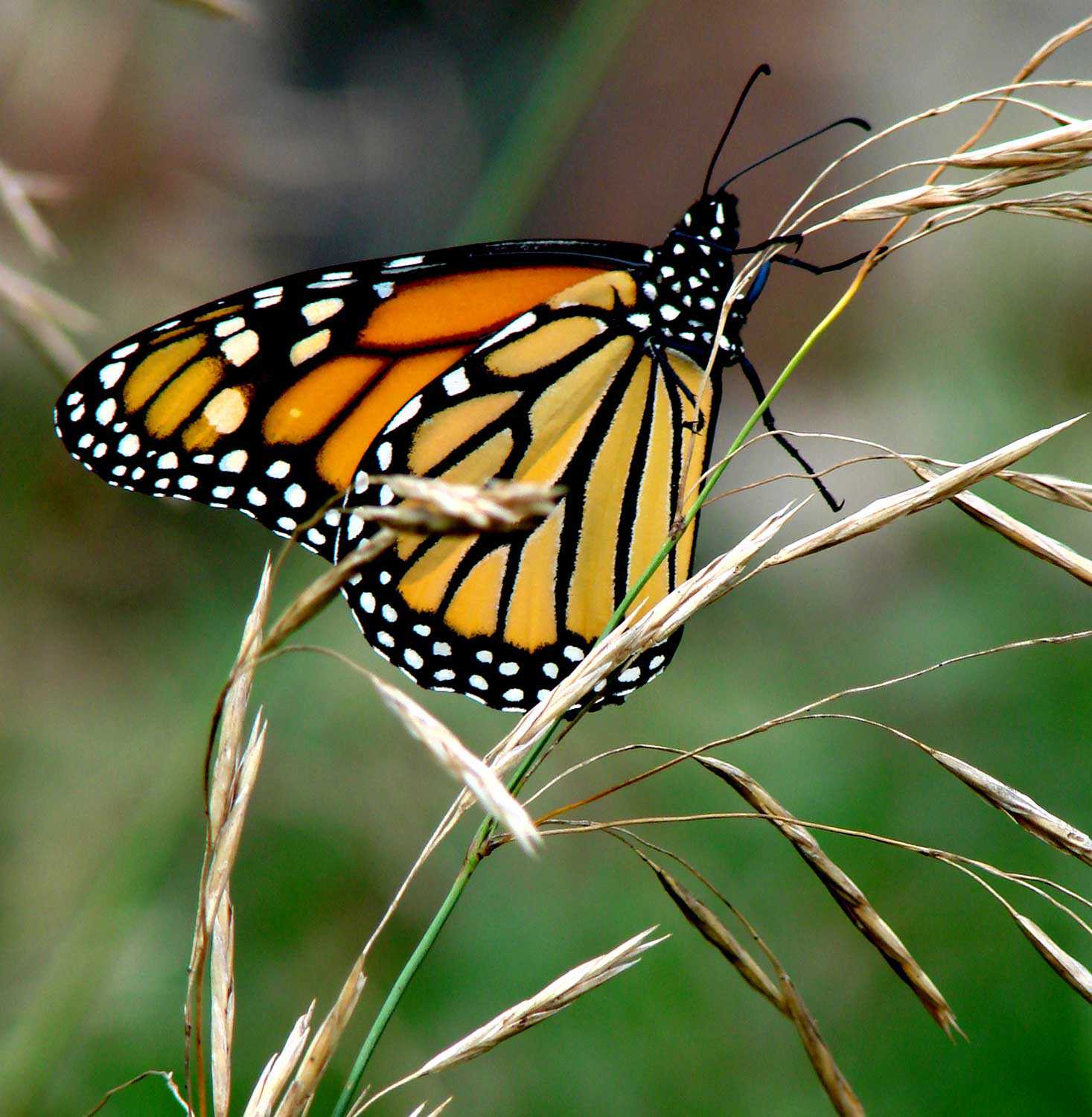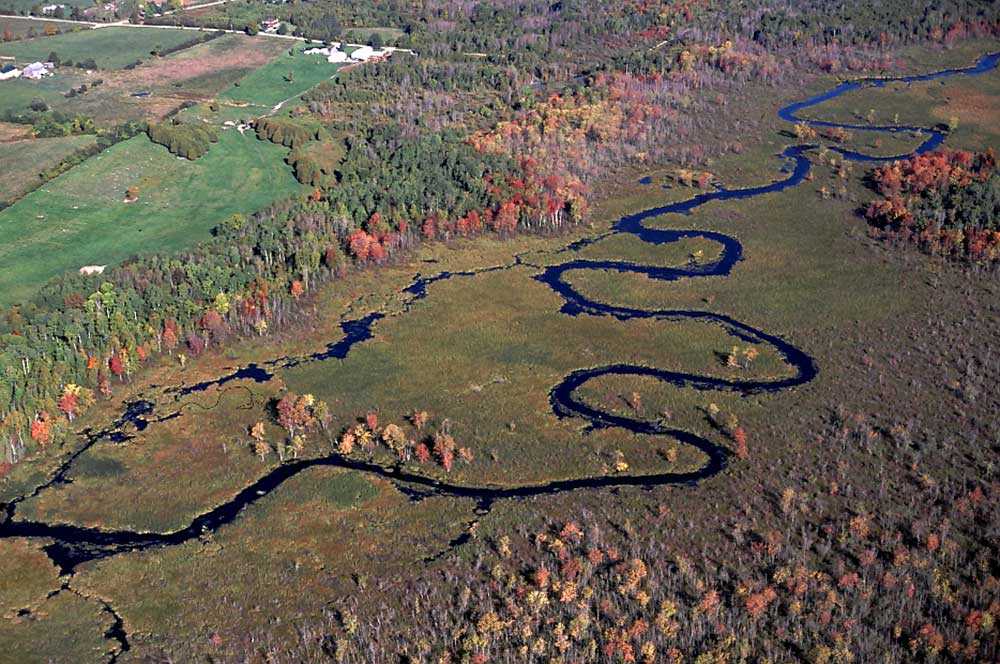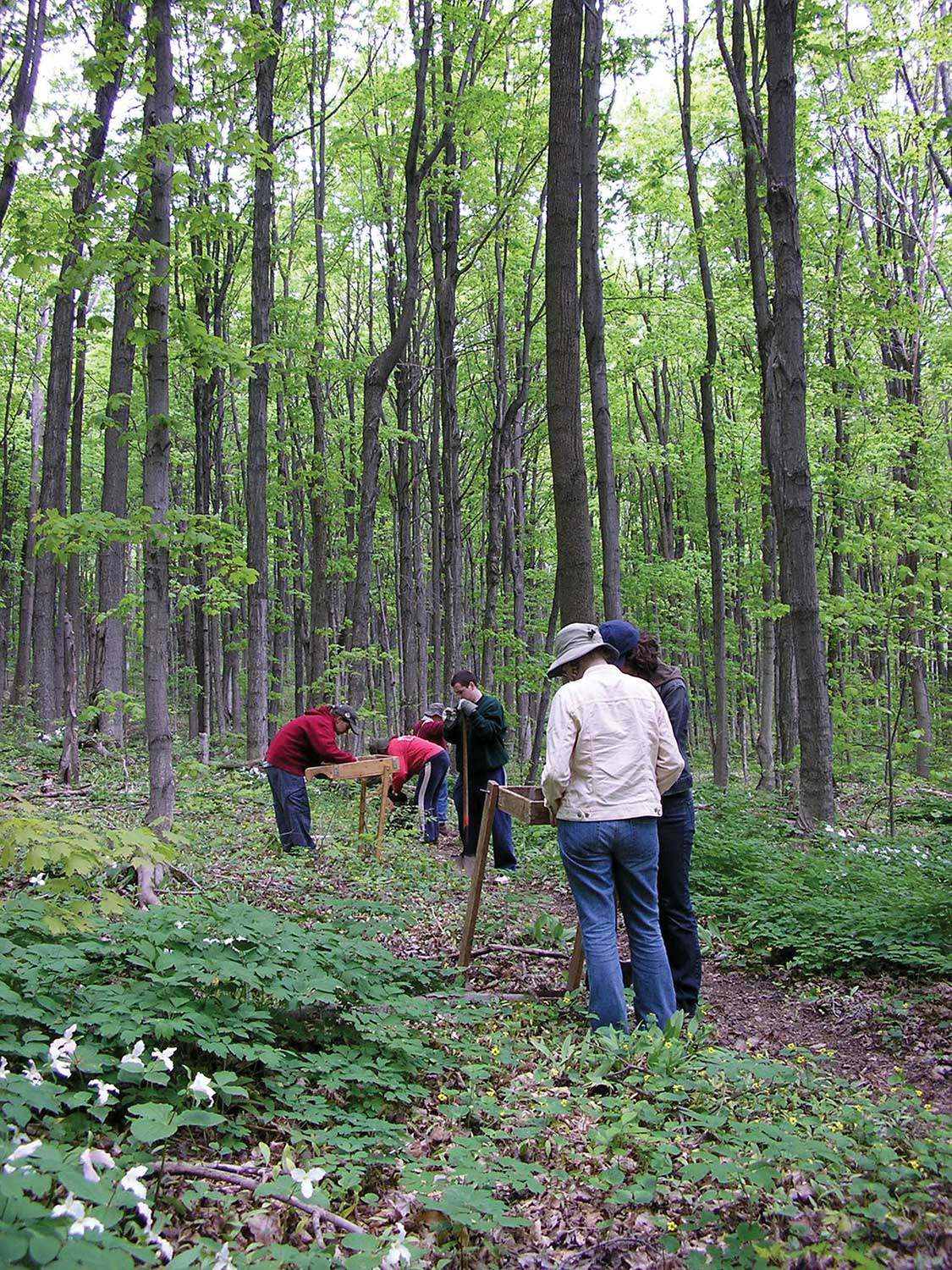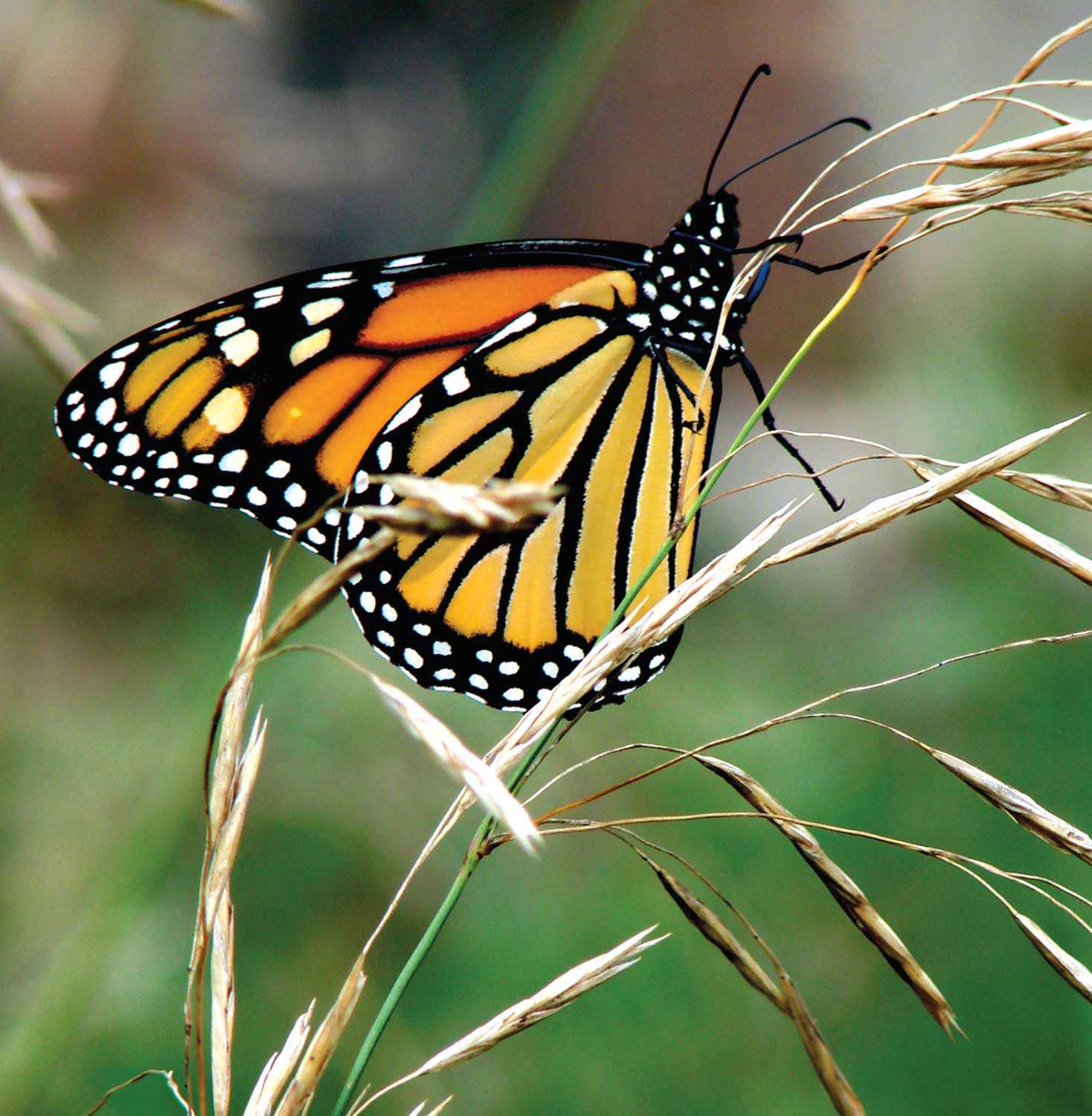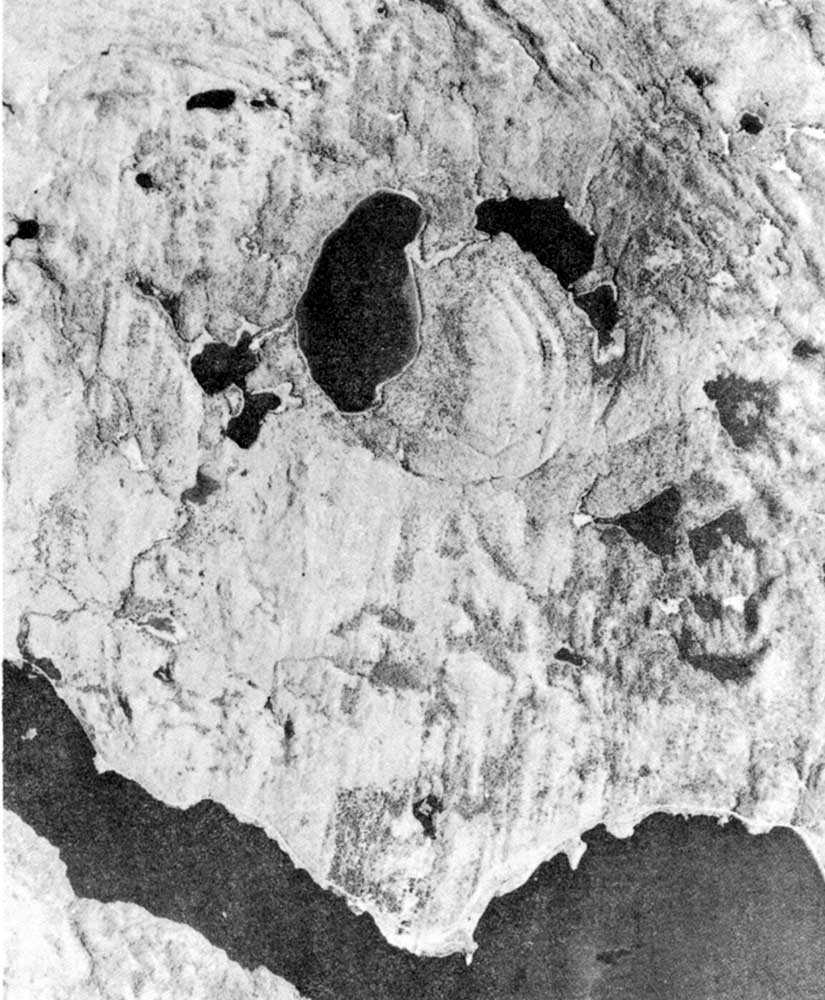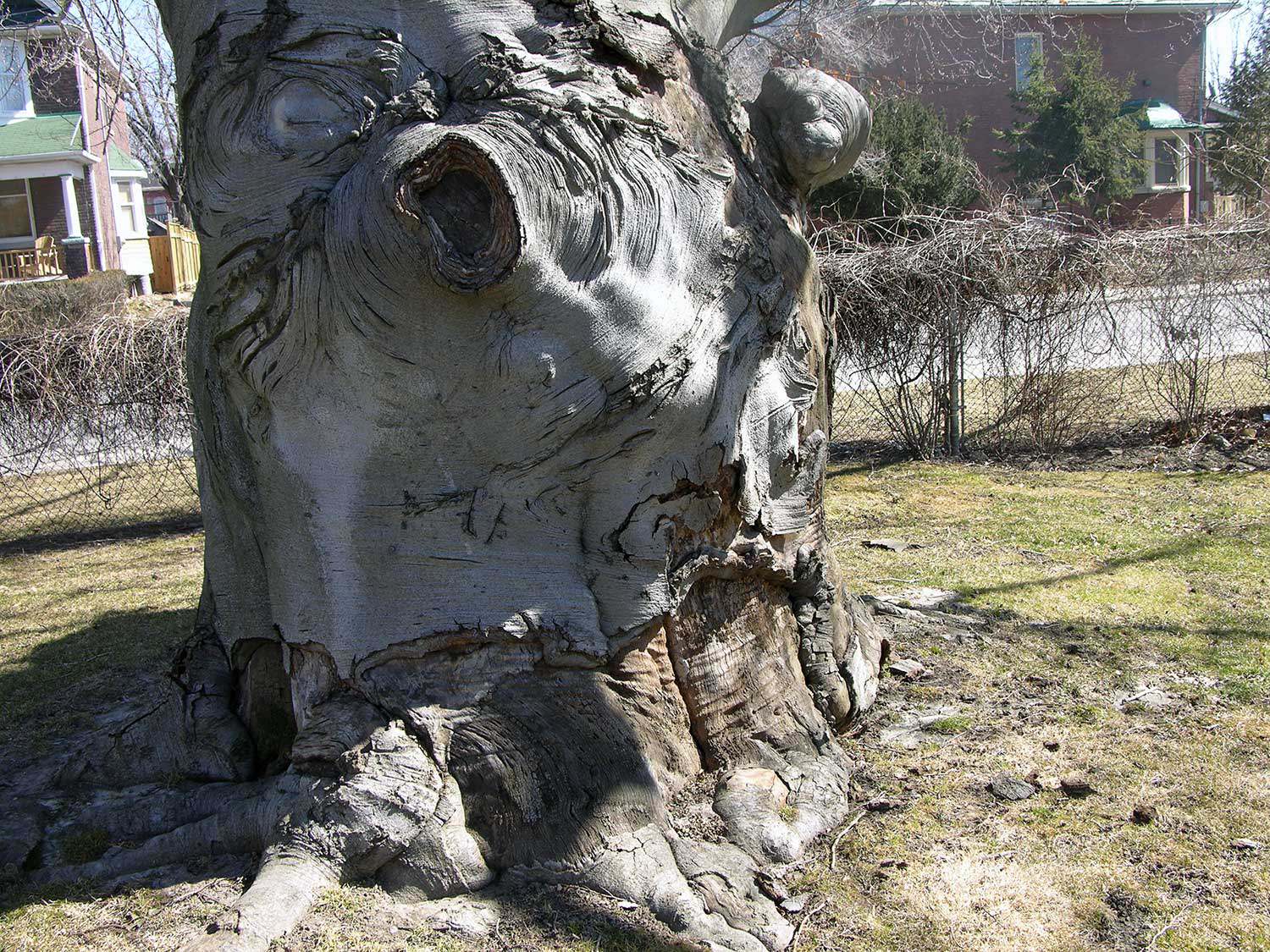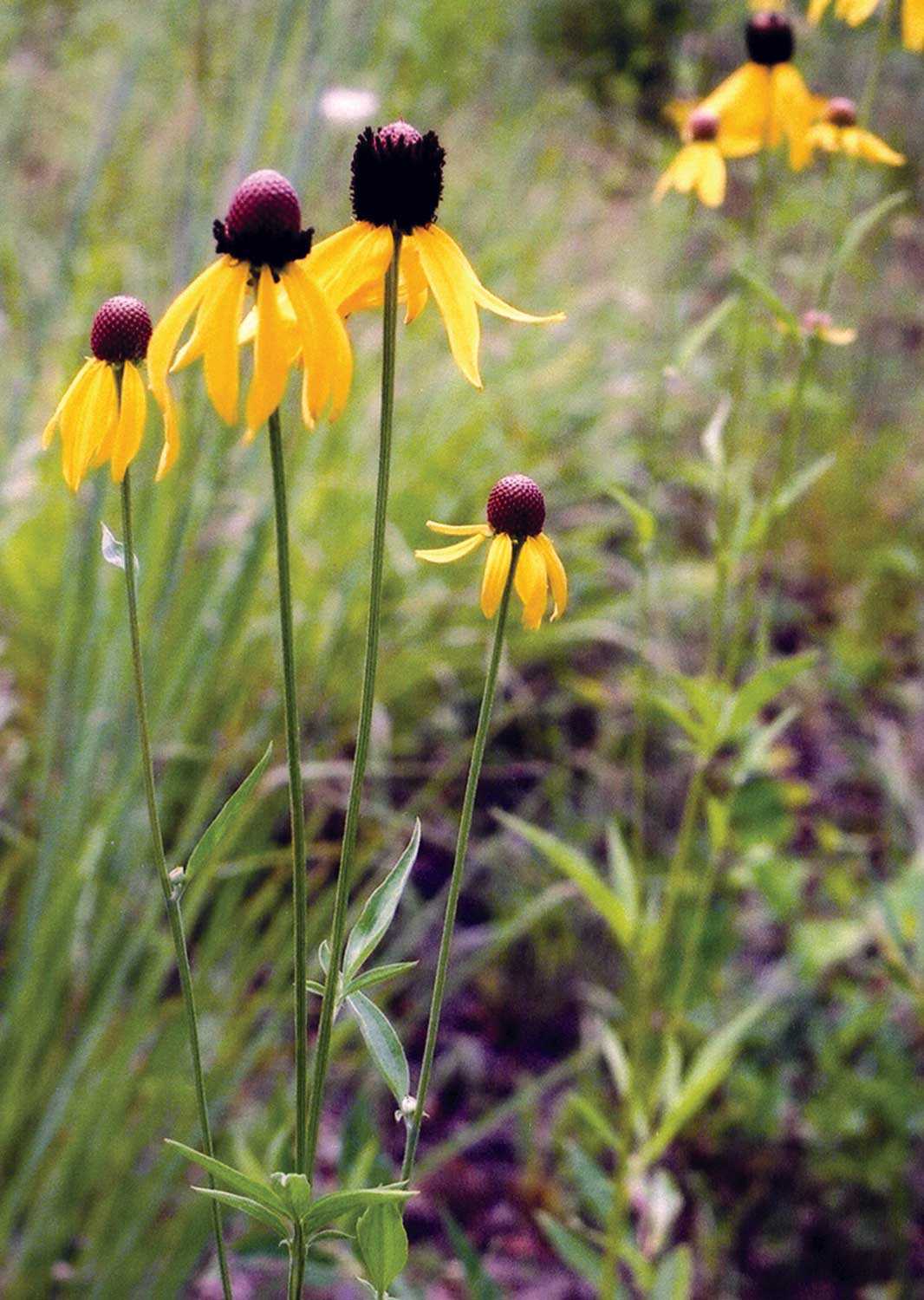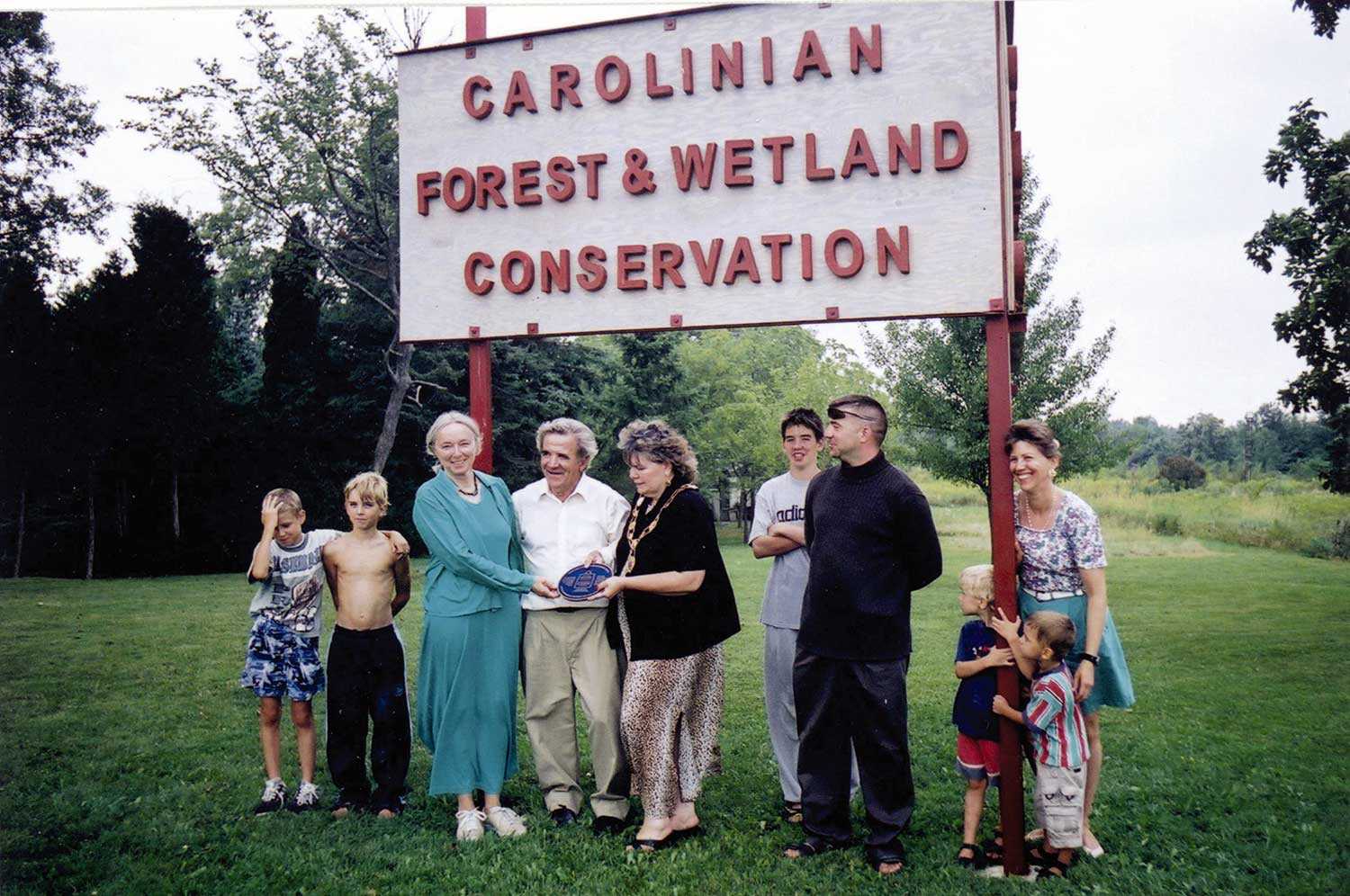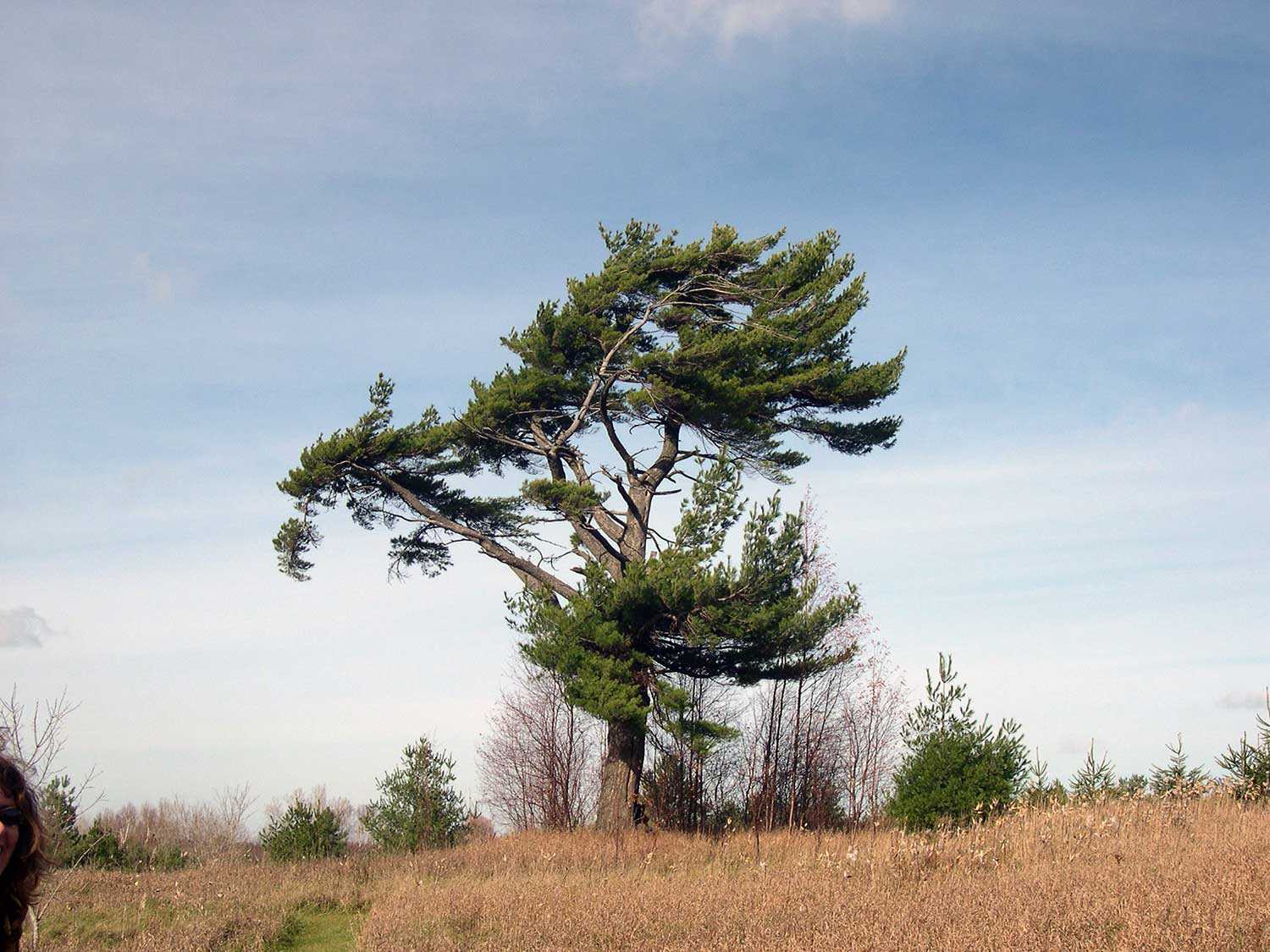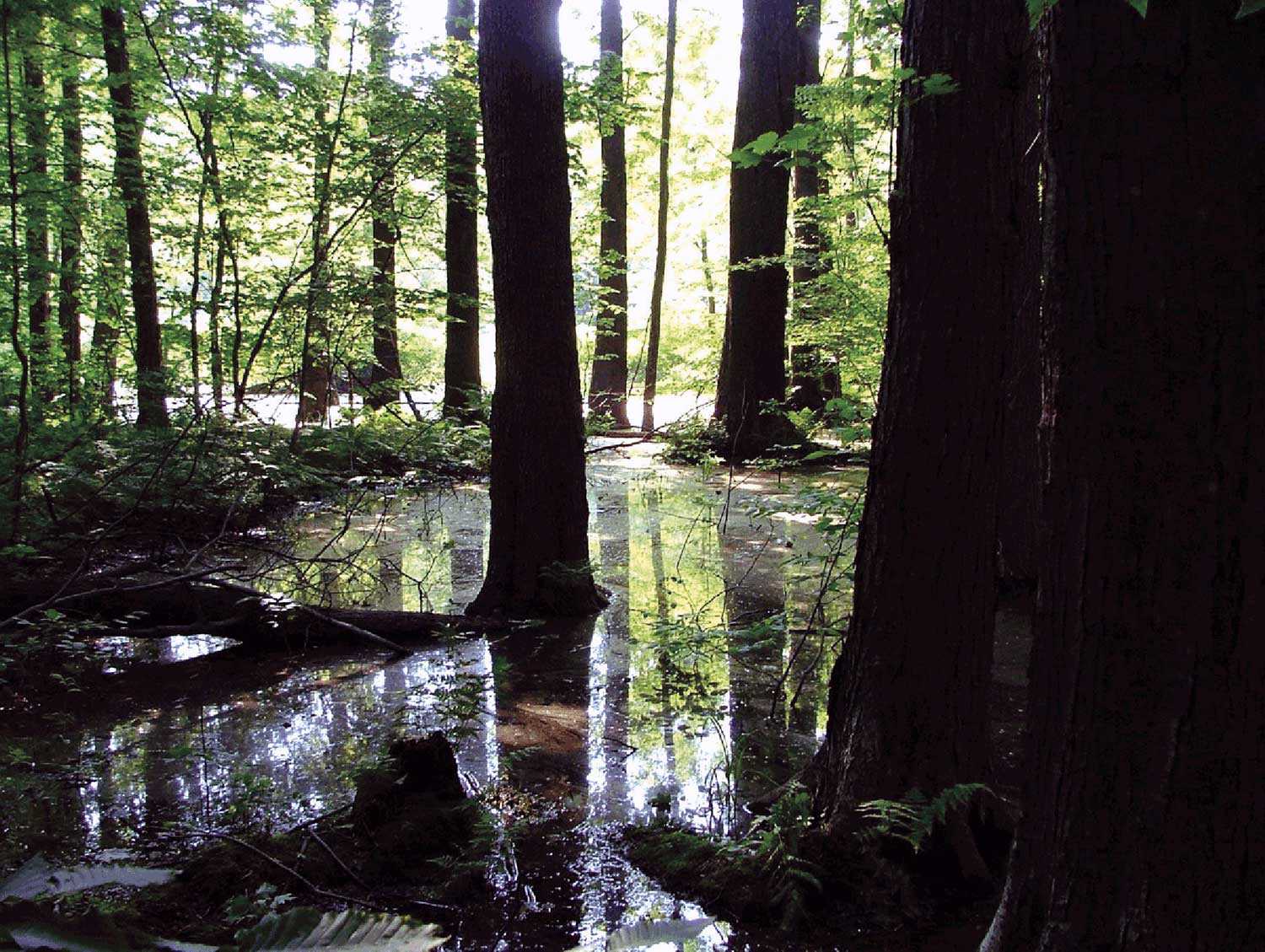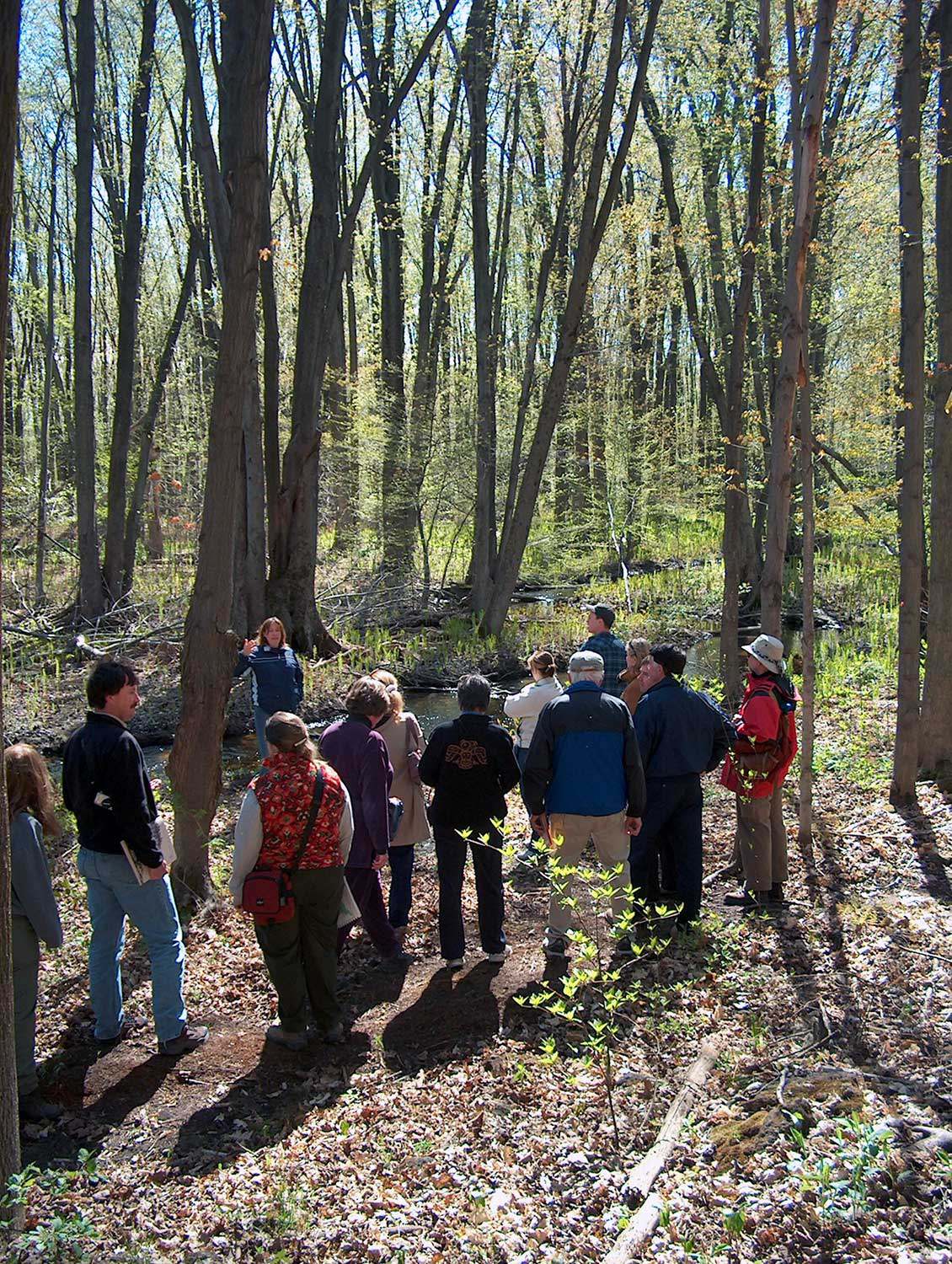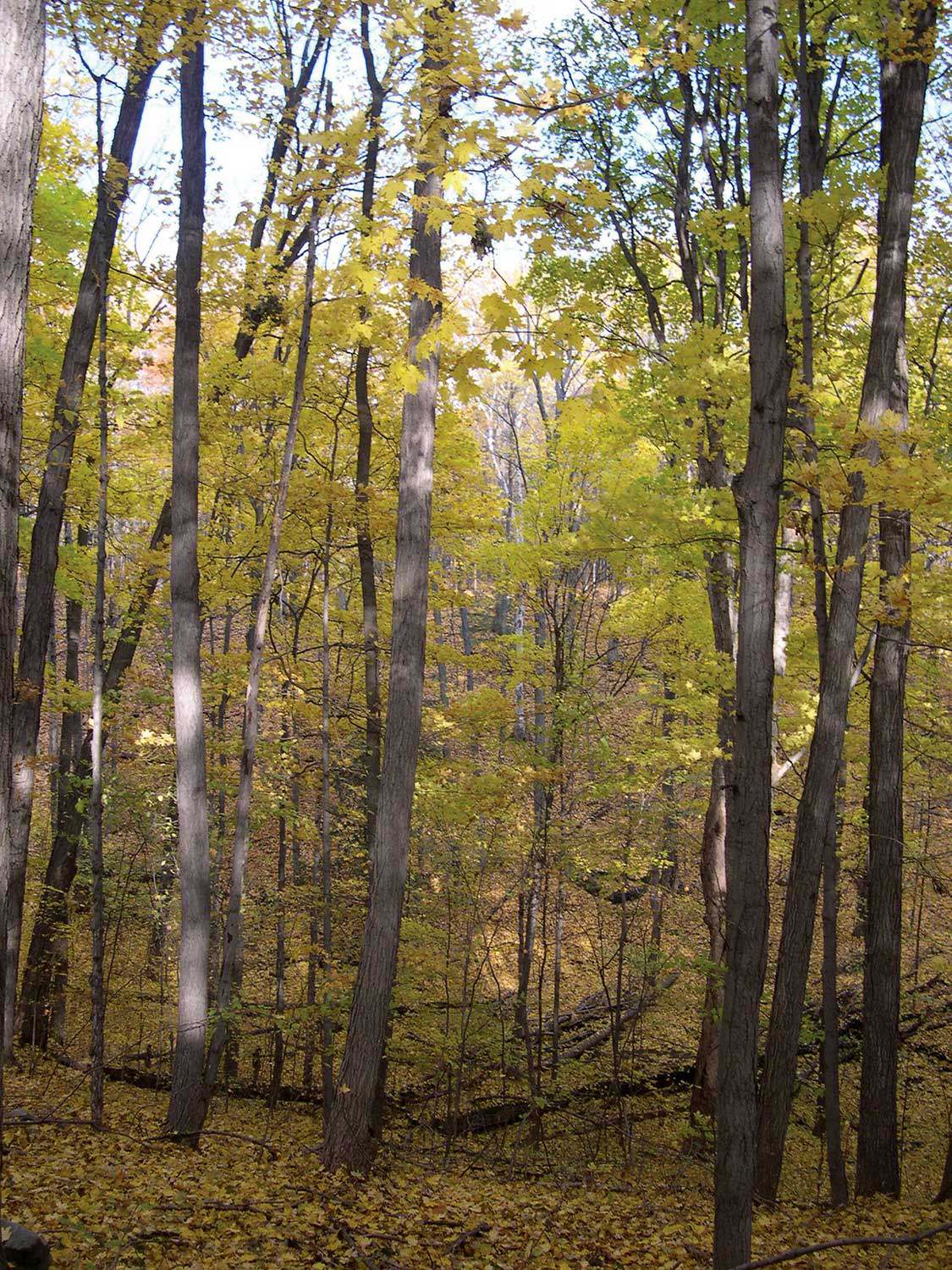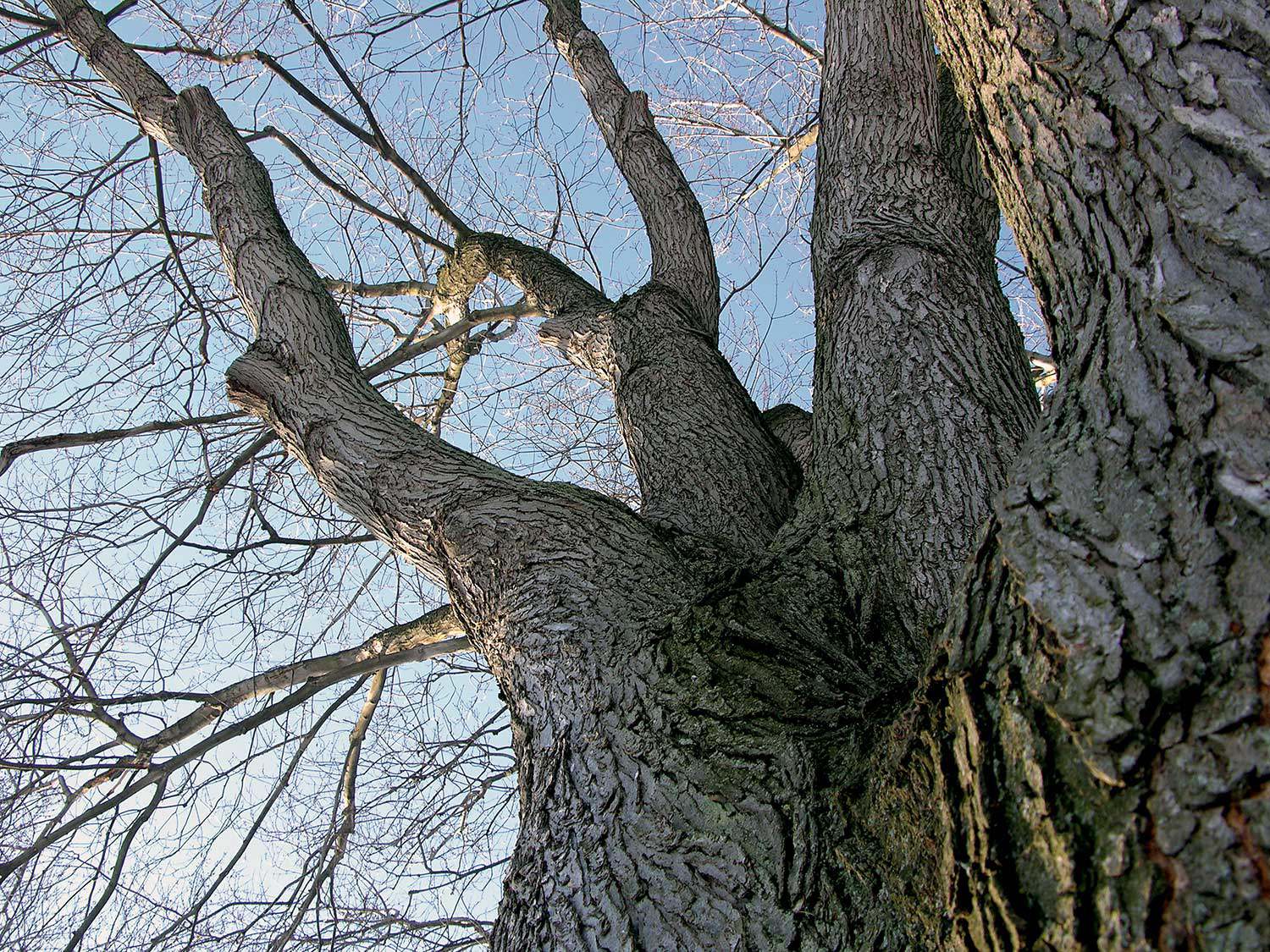

Browse by category
- Adaptive reuse
- Archaeology
- Arts and creativity
- Black heritage
- Buildings and architecture
- Communication
- Community
- Cultural landscapes
- Cultural objects
- Design
- Economics of heritage
- Environment
- Expanding the narrative
- Food
- Francophone heritage
- Indigenous heritage
- Intangible heritage
- Medical heritage
- Military heritage
- MyOntario
- Natural heritage
- Sport heritage
- Tools for conservation
- Women's heritage
Reclaiming Fleetwood Creek
It’s hard to put a price on experience. Students enrolled in Sir Sandford Fleming College’s Ecosystem Management Technology (EMT) program understand this.
During the program’s third and final year, students can gain valuable work experience through Credit for Product, a placement course that allows them to work on a specific project submitted by an external organization, including some of Ontario’s most prominent environmental agencies. These projects are worthwhile for all parties, and they offer EMT students an opportunity to apply and further develop their knowledge and skills.
In fall 2009, four Credit for Product students worked alongside Barbara Heidenreich, the Ontario Heritage Trust’s Natural Heritage Coordinator, to conduct a study of invasive plant species found at Fleetwood Creek Natural Area. The natural features of this Oak Ridges Moraine property are under serious threat from several invasive plant species, particularly dog-strangling vine (DSV). The primary objectives of the study were to map the location of DSV plots found along roads and trails and to develop a detailed understanding of the density and severity of DSV. The ultimate goal was to provide the Trust with information required to make sound decisions about how to manage DSV at Fleetwood Creek.
Preliminary site visits and background research revealed DSV’s extensive range within the area. A research methodology was developed based on site conditions, plant biology and global positioning system (GPS) mapping techniques. For each identified and mapped plot, the density of DSV was measured and categorized based on the number of stems per square metre. The final report, submitted in December 2009, outlined removal recommendations and suggested best management practices. The report provided information that will allow the Trust to attempt eradication of DSV, which would improve, and help the Trust maintain, the property’s health and biodiversity.
In the spring of 2010, a second Fleetwood Creek student team submitted a report outlining recommendations and procedures for a five-year plantation management strategy for the property (see sidebar). The strategy was designed to increase biodiversity at Fleetwood Creek by recommending different management practices for the gradual conversion of 30 hectares of plantations into a natural area.
Sir Sandford Fleming’s EMT students benefit greatly from these projects. Conducting actual studies is an important introduction to their careers. It would not be possible without the support of organizations such as the Ontario Heritage Trust, as well as the dedication of EMT faculty members Sara Kelly and Mike Fraser.

